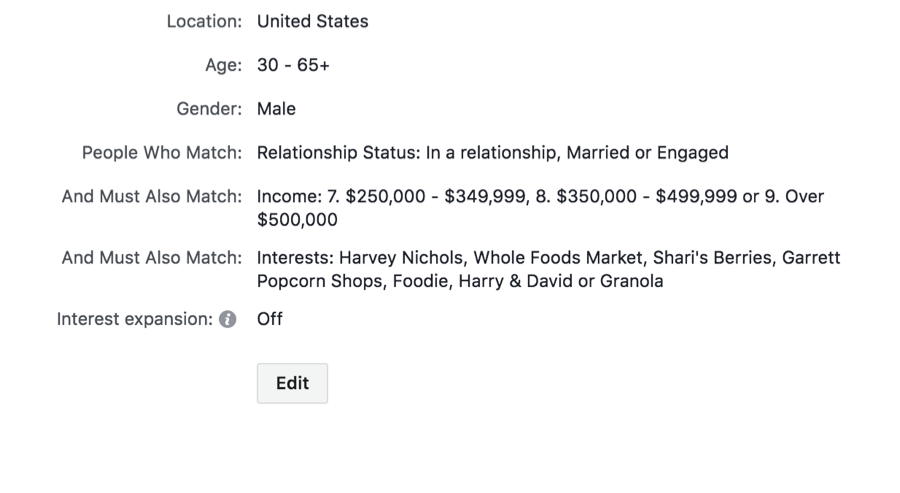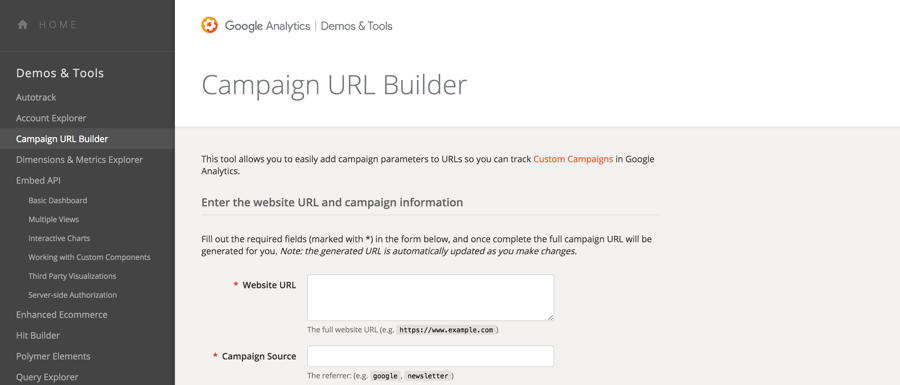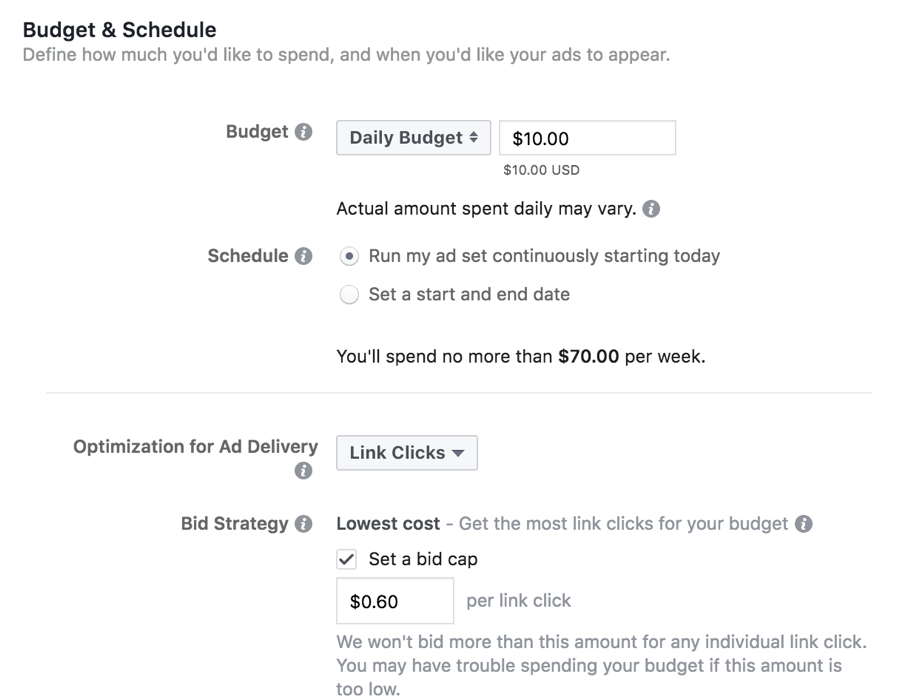If you’re getting ready to launch a big campaign, you’re in the right place—it’s critical to investigate how social media can boost your sales, reinforce
your brand, and introduce new customers to all that you have to offer. Harness the strength and popularity of Instagram, Twitter, Snapchat, or Facebook,
and you’re bound to see a correlating increase in e-commerce sales. Below, we detail how to angle your social media account with e-commerce sales in
mind.
Know Your Customers
Before getting started, employ analytics so you can monitor your customers’ activity. You’ll know where they’re arriving from, what they’re doing once
they arrive on your site, and which platform drives them your way. Best of all, you’ll be able to evaluate which social media sites are most likely
to direct relevant customers to your website. From there, it’s easier to create a targeted social media marketing campaign that focuses on your valued
audience.
Beyond viewing analytics and analyzing stats, it pays to actually interact with your clientele. After all, they’re your support base! Consider reaching
out to them via polls or surveys to obtain feedback on products you’ve released, events you’ve hosted, or content you’ve shared. Google Forms are a
great way to survey your customers and learning about their buying patterns. Send out an e-blast with the survey link and a special offer (maybe 15%
off with promo code) for all customers who fill out your survey.
Don’t forget about the personal touch, when it comes to learning about your buyer. Answer comments and queries, and leave yourself open to suggestions.
Direct interactions, however casual, work wonders in securing a loyal client base. Plus, they’re more likely to share your content amongst their communities
if they trust and admire your online persona.
There are thousands of audience combinations available when setting up social ads on Facebook & Instagram, but be sure to choose wisely. You don’t
want to get so granular that your audience becomes too specific, yet you don’t want to be too broad either and end up paying per click for users who
aren’t actually your target audience. Here are a few audience Ad Targeting Options for Instagram & Facebook; just be sure to select only a few
to find the ideal audience for the campaign.

Setting up Social Tracking & Analytics
Ensure that (at a minimum) Google Analytics and Google AdWords are set up on your website for data & tracking for social campaigns. Yes, it’s always
important to create a Facebook pixel and implement it on your website if you’re running Facebook or Instagram Ads. Next, be sure to use Google’s Campaign
URL Builder to label and track all of your social advertising campaigns properly.

Monitor, Review & Adjust
Don’t just press go and wait for the magic to happen! When it comes to pay-per-click advertising online, there is a science to it that requires frequent
monitoring & adjusting. If you find that your ads are spending too much be sure to set a budget & schedule and a bid cap for the amount you
are willing to spend per advertisement click. If you find the opposite is happening, that you aren’t converting enough of your clicks, then consider
expanding your audience or adjusting the ad-copy. Facebook & Instagram will report on which ads are most successful in terms of (CTR, Impressions,
etc.) so it’s up to you to analyze the data and adjust your campaigns accordingly.

Consider Retargeting
Utilize Google AdWords to set up regarding campaigns focusing on the users that clicked on your initial advertisements. All social media platforms allow
you to enable retargeting, an advertising practice that delivers content to viewers based on information they’ve investigated before. If you’re selling
apparel, for example, it might make sense to employ retargeting on your Twitter, Facebook, or Instagram accounts – that way, clothing viewers have
perused will appear pictured in their social media news feeds. By retargeting your products, you’ll be piggybacking onto interests viewers have already
identified within themselves. Retargeting works exceptionally well on social media, which people check constantly.
Securing the Sale?
Some social media sites make it easy for viewers to link to a shopping cart, but Instagram, one of the most popular social media avenues around, doesn’t
permit hotlinks within captions. Facebook and Twitter do allow links, but today’s youngest consumers have already moved onto image-based sites like
Snapchat. “Buy” buttons are coming available for sale, but the think-tank Digital Commerce 360 reported at the end of last year that few retailers
are jumping on board. Of those who did, less than twenty percent reported “meaningful” sales as a result.
See Social Media for What It Is
Business owners around the world have expressed disappointment in the capabilities of social media marketing. With the relative failure of the “buy” buttons
on Instagram and elsewhere, modern entrepreneurs need creative solutions to the social media marketing conundrum. Examining analytics and communicating
with potential customers remains the best way to ensure that your social media accounts lead to meaningful sales.
Building a strong social media presence takes time, though, and while you’re waiting for views to translate to sales, consider this: The most innovative
organizations have thrived by harnessing social media for what it is—a place to network, exchange ideas, and promote values, trends, and aesthetics.
Consider how else you could use social media to build trust within your audience, educate viewers on news and events surrounding your industry, and
become a part of the conversation—whatever that may be for your brand. Though social media marketing may not immediately lead to direct sales,
there’s no better way to establish a loyal, long-term client base.
